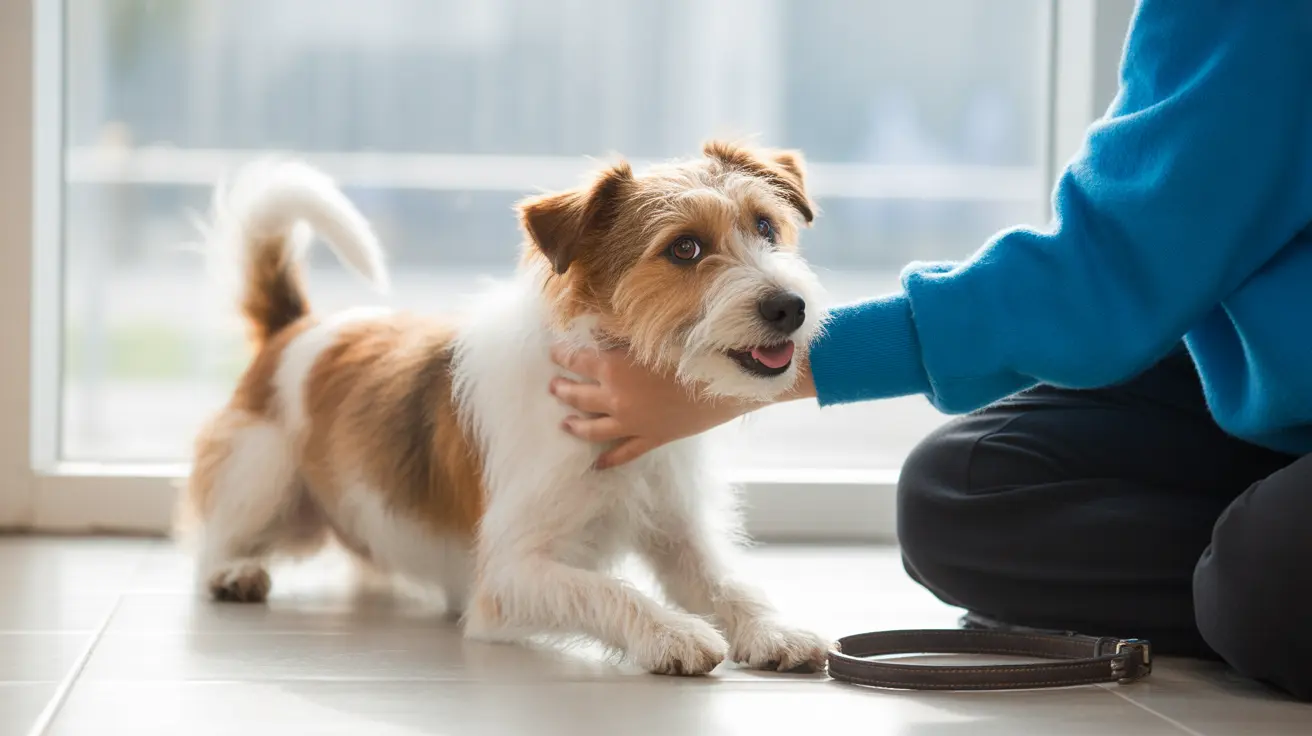Exploring Whether Dogs Have a Sense of Humor
When you catch your dog stealing your sock and prancing around the living room, tail wagging, it's hard not to wonder: do dogs actually have a sense of humor? This question has fascinated pet owners and scientists alike for generations. Let's dig into what research and observation reveal about canine comedy.
The Roots of Canine Humor
Charles Darwin was one of the first to suggest, back in 1872, that dogs might possess a sense of humor. He described how some dogs seem to play practical jokes—like grabbing an object, waiting for their owner to approach, then darting away with obvious delight. This kind of behavior hints at more than just play; it suggests an enjoyment in provoking a reaction.
Modern experts like psychology professor Stanley Coren have expanded on these observations. They note that many dogs engage in playful antics—stealing socks, hiding toys, or initiating games like keep-away—that seem designed to entertain both themselves and their humans. Owners often report their dogs repeating actions that previously made people laugh, as if they're aware they're being funny.
How Dogs Express Playfulness
Playfulness is central to canine humor. Dogs use a variety of gestures and behaviors to signal their playful intentions:
- Play bow: Front legs outstretched, rear raised—a universal invitation to fun.
- Bouncy movements: Exaggerated leaps or spins during games.
- Facial expressions: Open mouth, visible tongue, relaxed jaw (sometimes described as a 'doggy smile').
- Vocalizations: Special play-panting sounds distinct from normal panting.
- Mischievous acts: Stealing objects, zoomies (sudden bursts of running), or acting deliberately silly.
This combination of gestures isn't random. It's communication—dogs are signaling their intent to play and sometimes even trying to make others laugh or join the fun.
The Science Behind Dog Laughter
You might be surprised to learn that some researchers believe dogs can laugh—or at least produce laughter-like sounds. The 'play-pant' is a specific sound dogs make when excited during play. When scientists played recordings of this sound to other dogs, it triggered playful behavior in the listeners. Ethologist Konrad Lorenz described this as an open-mouthed expression paired with relaxed features—what many owners see as their dog's version of laughter.
This isn't unique to domestic dogs; wolves and foxes also display similar vocalizations during play. These sounds likely evolved as social signals—to reduce tension and strengthen bonds within groups.
Breed Differences in Humor
If you think some breeds are funnier than others, you're not imagining things. Research has ranked certain breeds as especially playful and prone to humorous antics. Among the top contenders:
- Irish Setters
- English Springer Spaniels
- Miniature Schnauzers
- Cairn Terriers
- Airedale Terriers
- Standard Poodles
- Shetland Sheepdogs
- Golden Retrievers
- Australian Shepherds
- Miniature Poodles
- German Shorthaired Pointers
Breeeds like Chihuahuas, Rottweilers, Bulldogs, Pekingese, Akitas, and Bloodhounds tend to be less playful or overtly humorous—but that's not a hard rule. Individual temperament matters just as much as breed.
The Role of Environment and Socialization
A dog's environment shapes its sense of humor too. Dogs raised in interactive households where play is encouraged are more likely to develop mischievous habits that owners find funny. Early socialization helps foster confidence and creativity—traits linked with comic behavior in canines.
You'll hear stories from owners whose pets repeat antics that get laughs or even mimic human reactions (like smiling). These anecdotes suggest that some dogs learn what amuses their humans—and enjoy getting those positive responses.
The Human-Canine Connection: Recognizing Emotions
Dogs aren't just amusing themselves—they're tuned into our feelings too. Scientific studies using functional MRI show that dog brains react differently when they hear human laughter compared to other sounds. This means they can distinguish between happy and negative emotions in people.
Dogs may repeat behaviors that make us happy because they recognize the reward: attention, affection, or even just shared joy. While they probably don't understand abstract jokes like we do, they're masters at reading social cues and knowing when they're being entertaining.
The Nature of Canine Humor: Simple but Genuine Fun
A dog's sense of humor is immediate and physical—not abstract or language-based like ours. Their "jokes" are grounded in action: chasing games, silly faces, exaggerated gestures. It's about the thrill of the moment—the shared delight between dog and companion—rather than clever wordplay or irony.
- Main ways dogs express humor:
- Mischief (stealing/hiding objects)
- Laughter-like vocalizations (play-panting)
- Silly physical gestures (zoomies)
- Mimicking human reactions for attention
This doesn't make canine humor any less real; it's simply different from our own style of comedy.
The Takeaway: A Playful Spirit Is Unmistakable
You don't need scientific proof to know when your dog is being funny—their playful spirit shines through every goofy antic or sly grin. While not all breeds or individuals show the same inclination for humorous behavior, many dogs display traits that bring joy and laughter into our lives every day.
If your dog makes you laugh on purpose (or by accident), cherish it—you're sharing one of the oldest bonds between humans and animals: the simple joy of play.





